This gallery shows 42+ High Quality and Best Resolution Bandage PNG Images, Vectors, Stickers, logos, Icons, and Clipart Pictures with transparent backgrounds. Free download all these Bandage Png Images for graphic design, projects, presentations, web design, editing, and other works.
Free Bandage PNG Images:
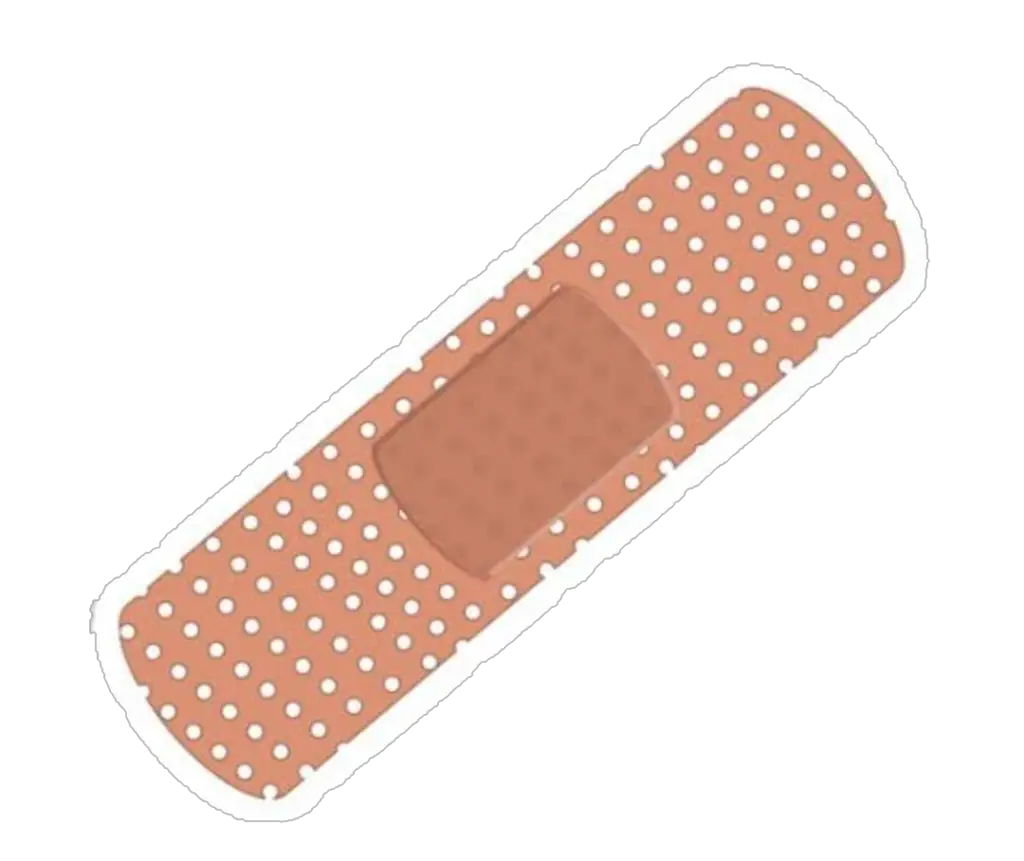
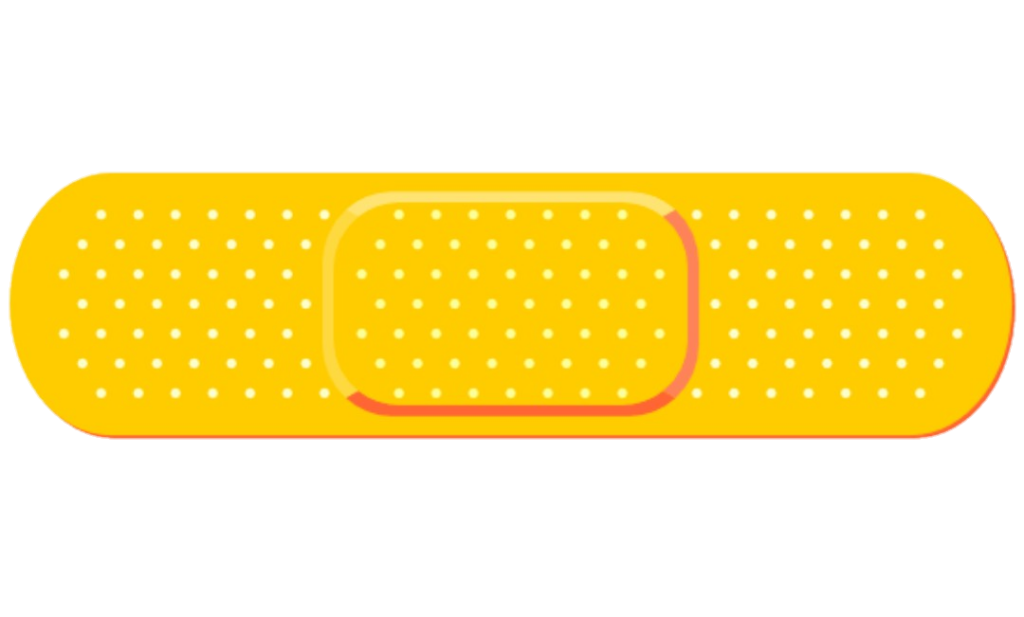
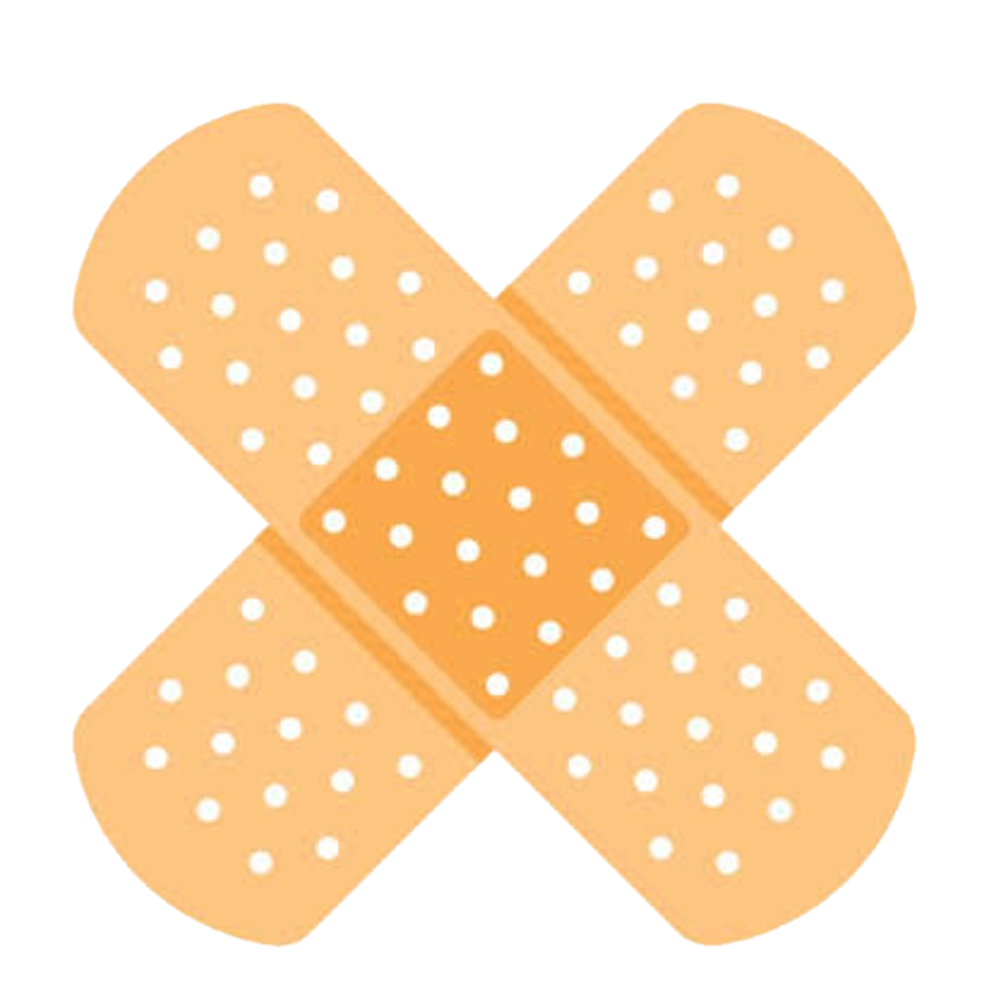
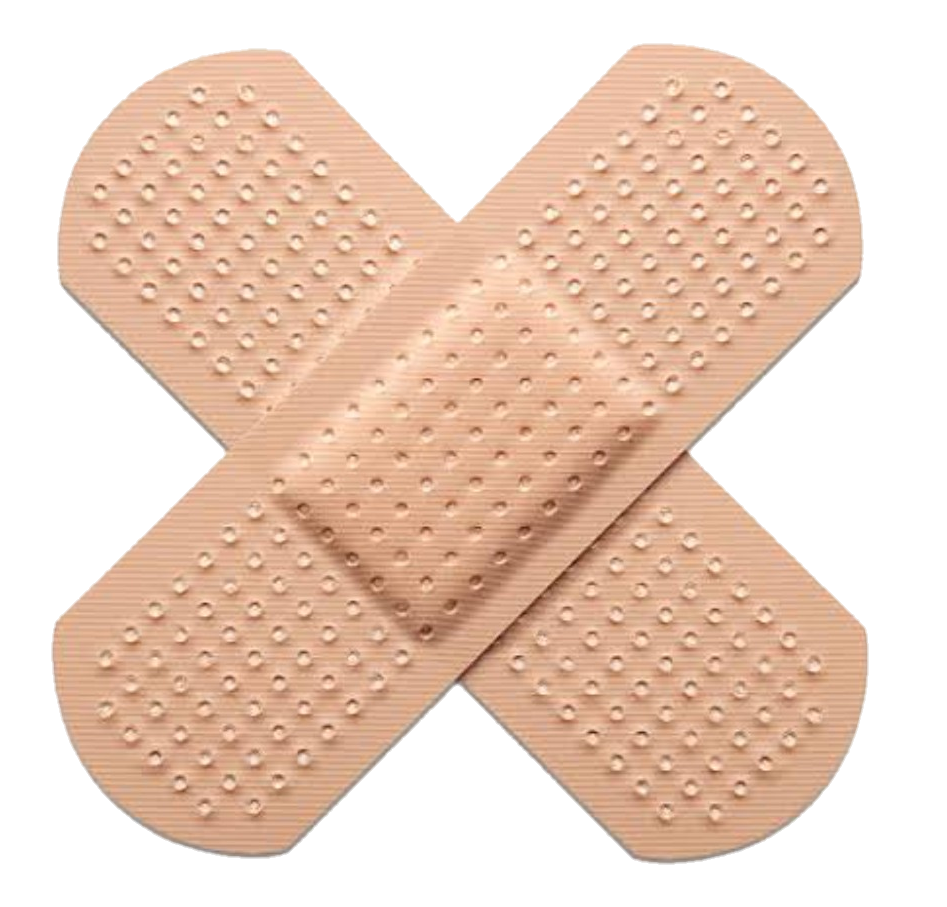

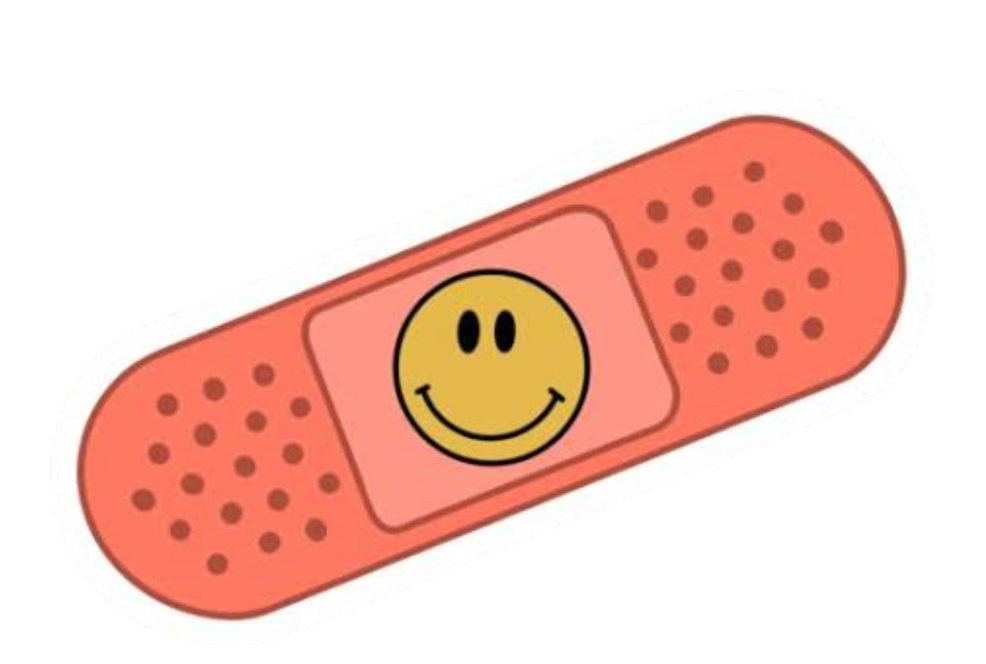
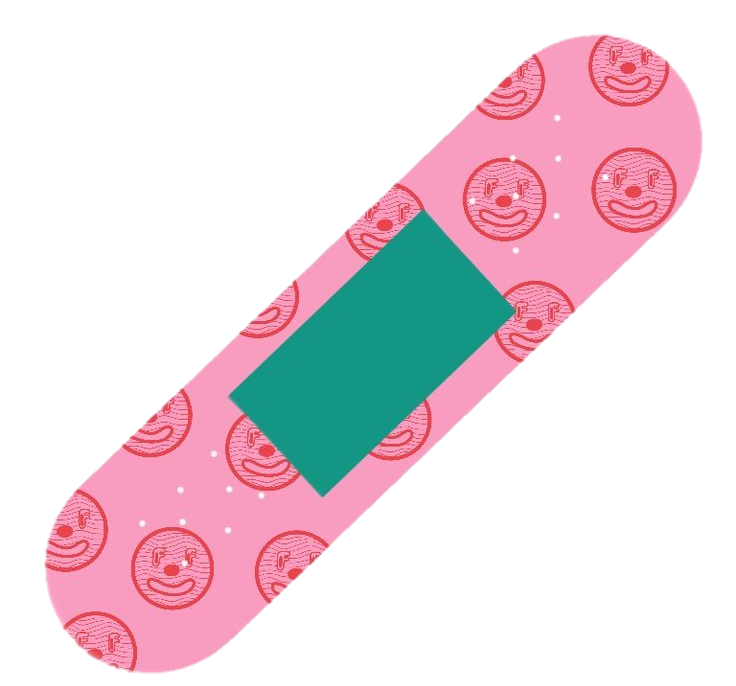
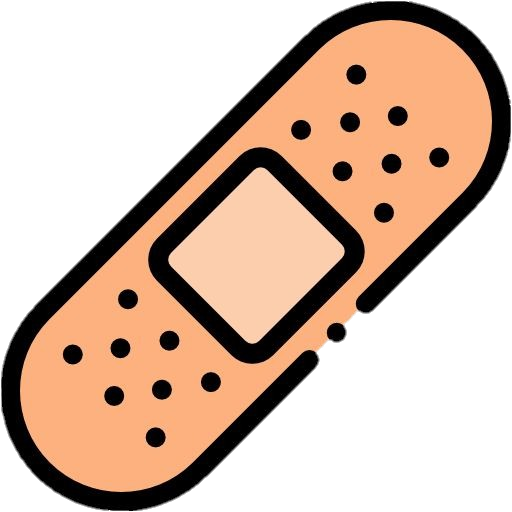
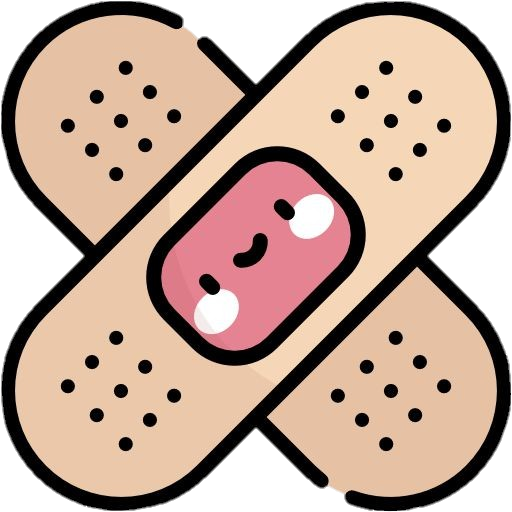
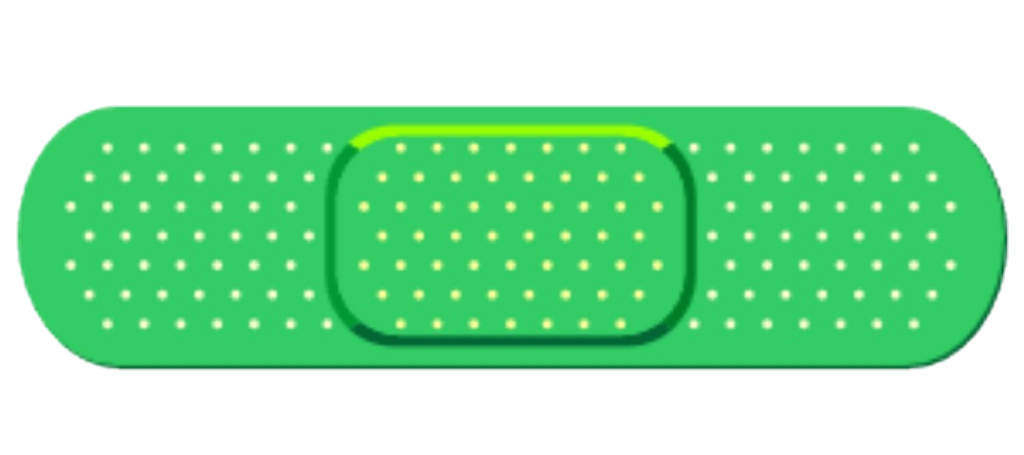
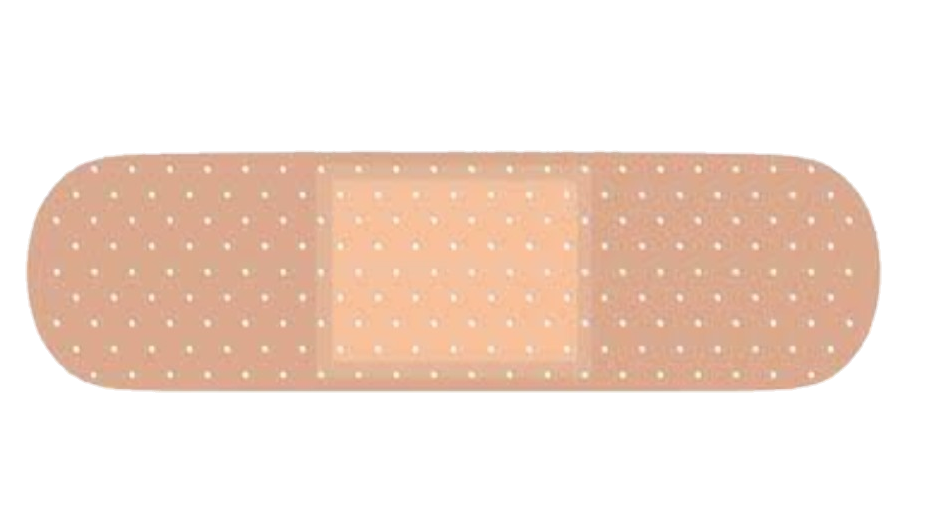
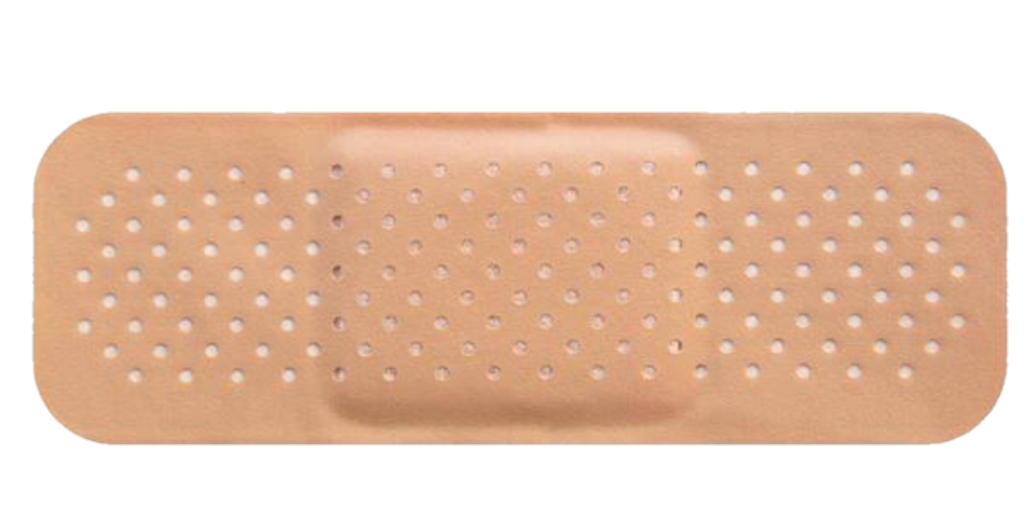
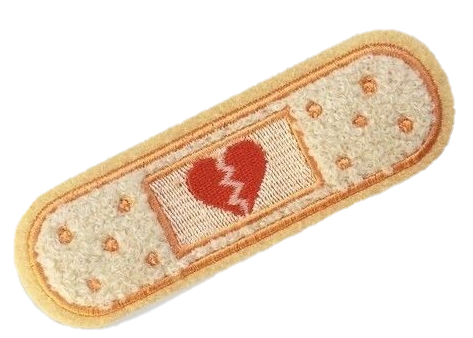
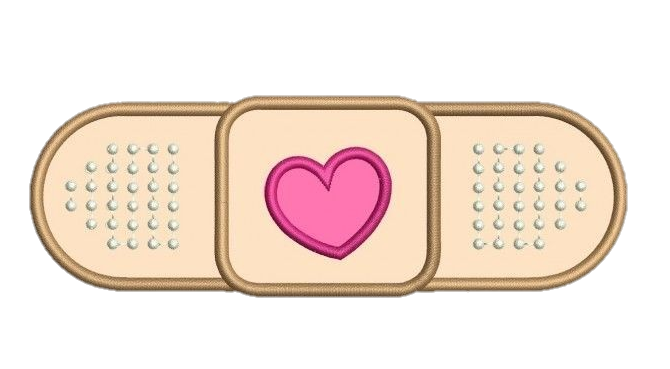
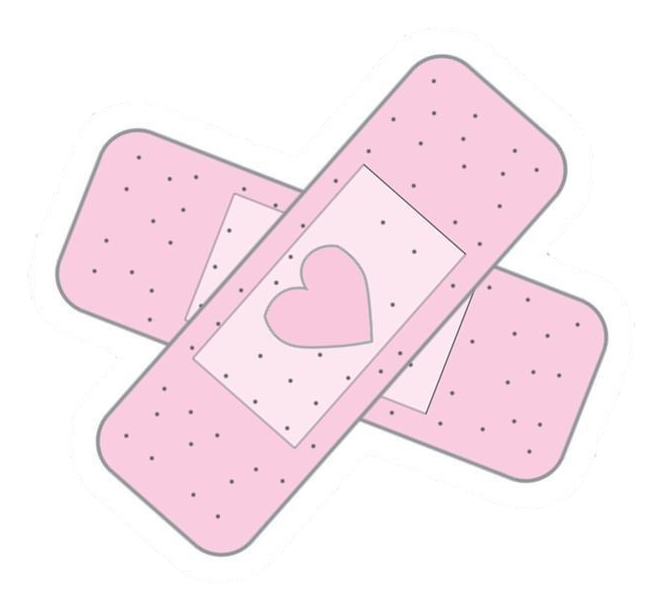
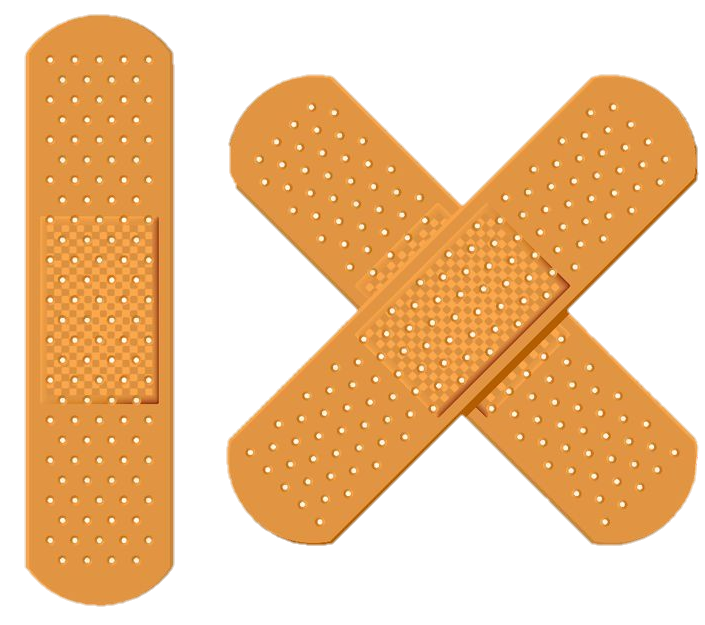
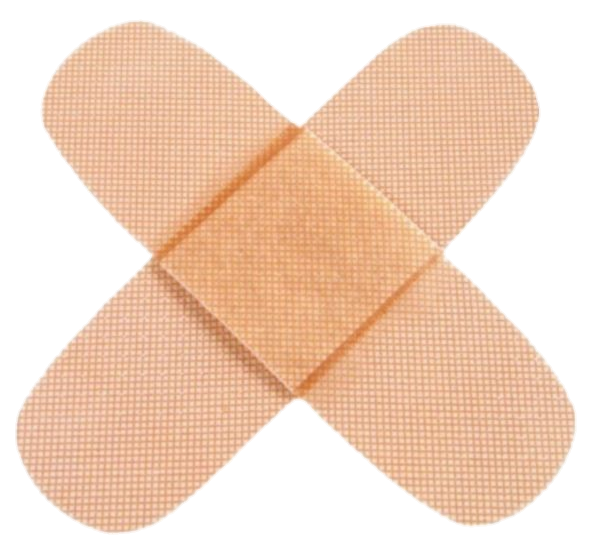
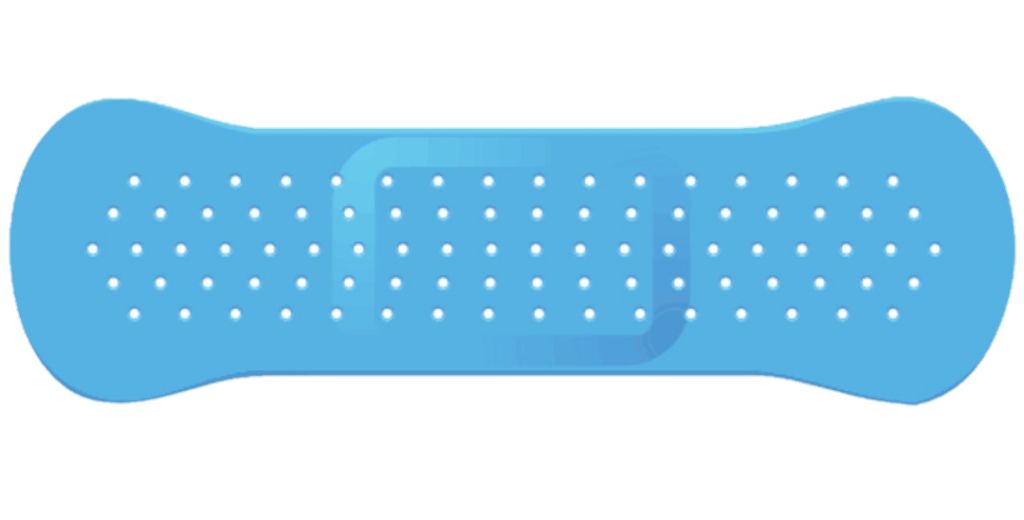

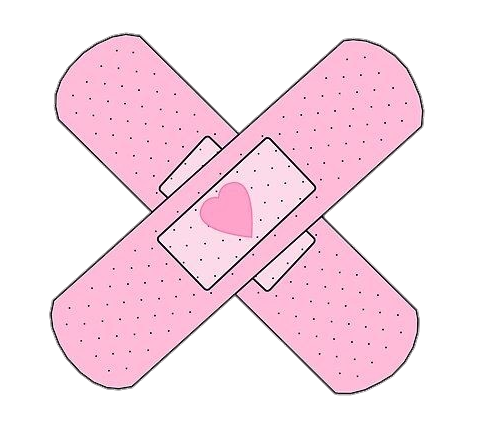
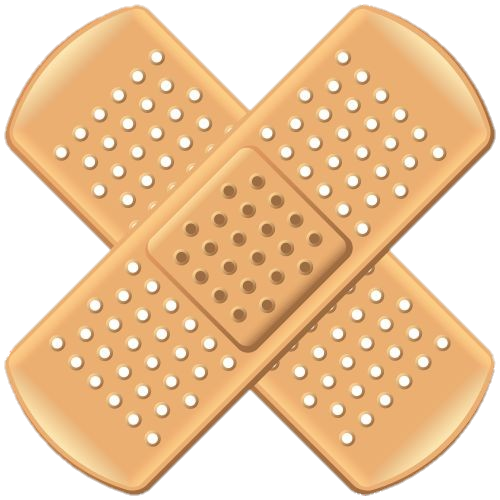


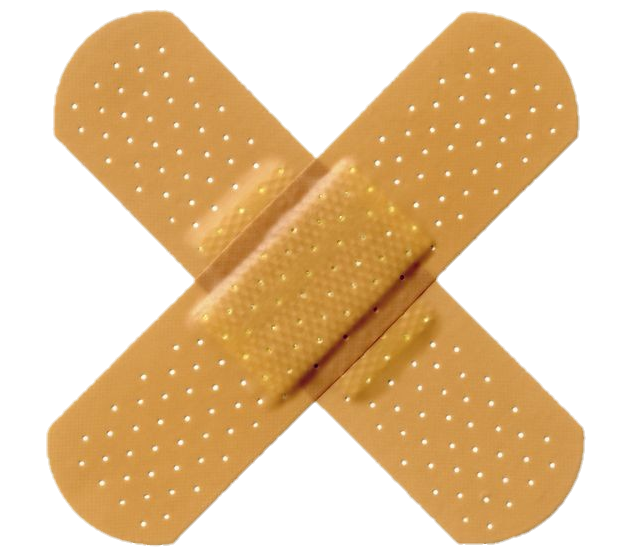
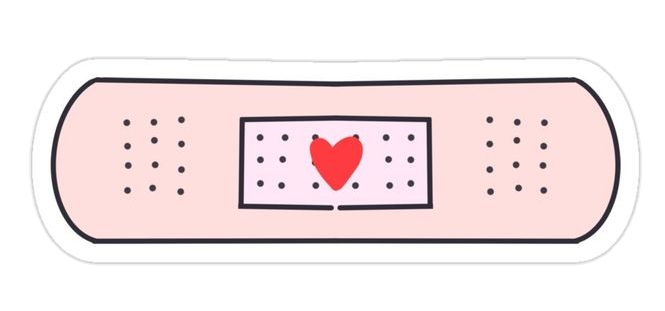
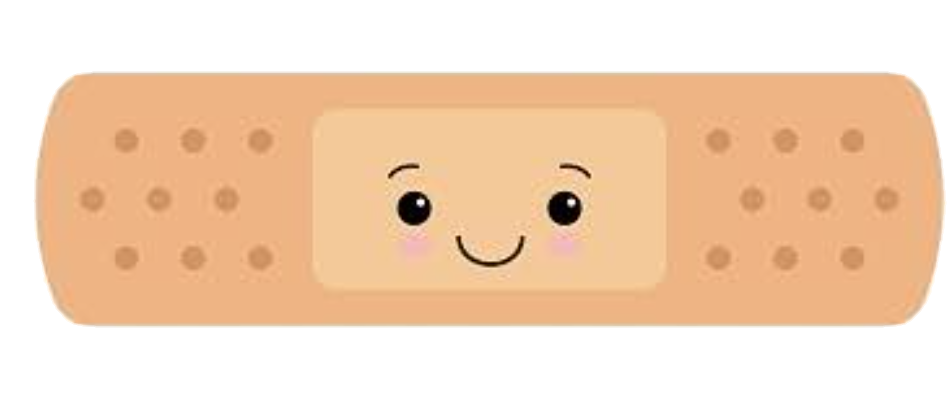
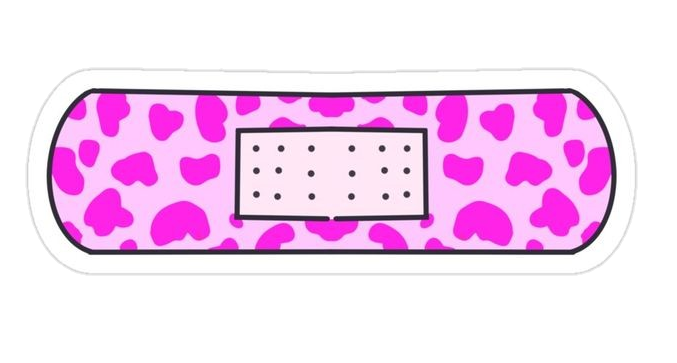
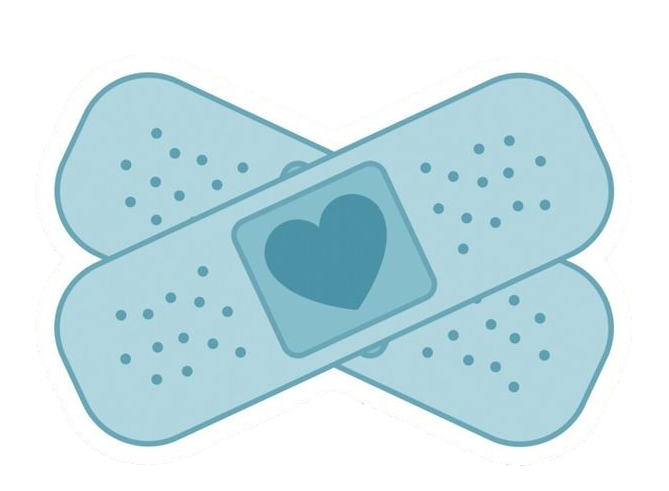
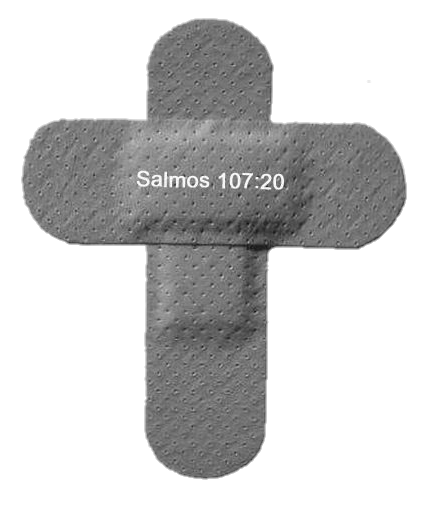
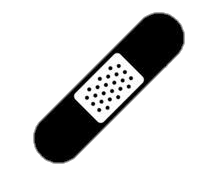
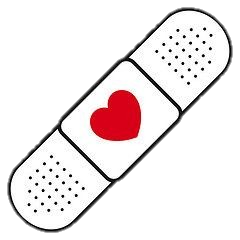
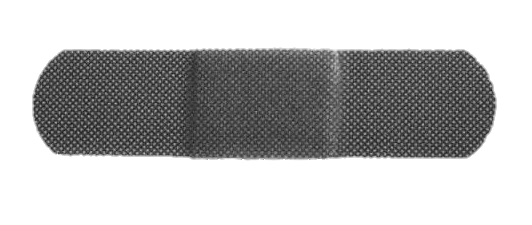
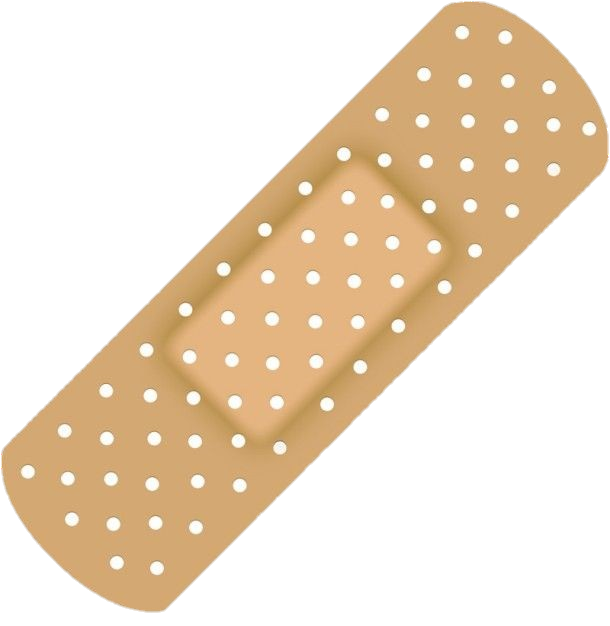
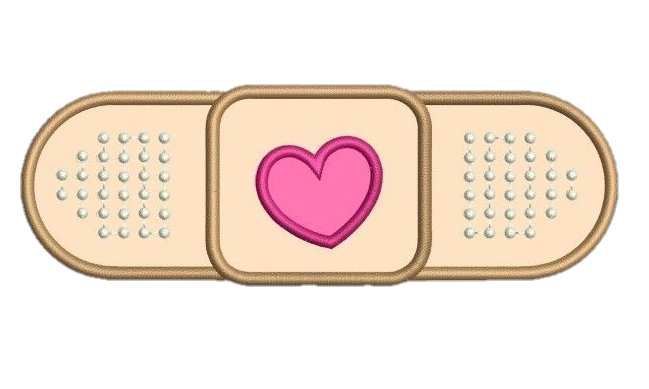


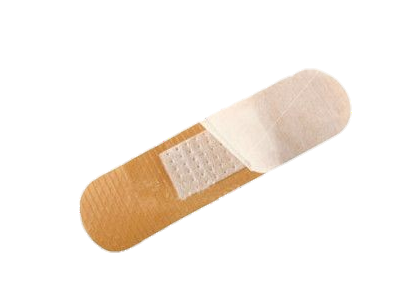
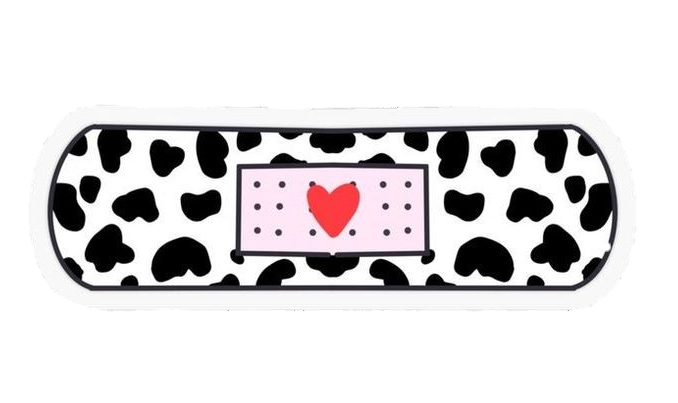
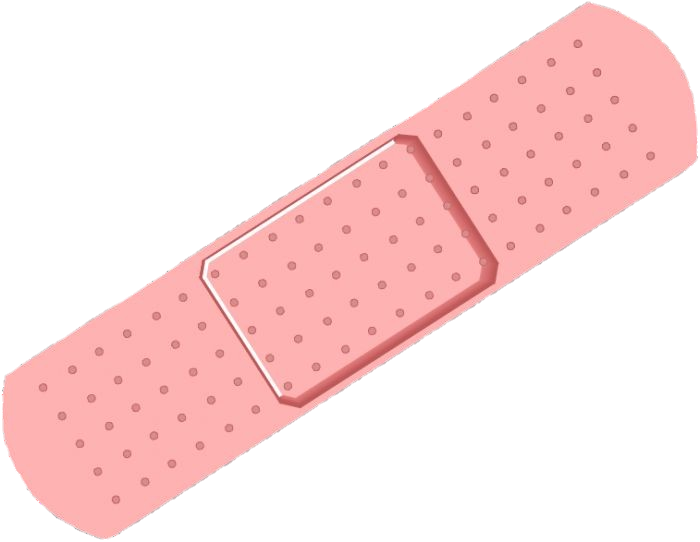

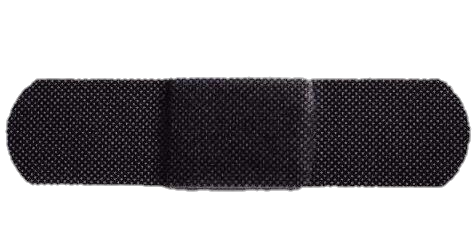
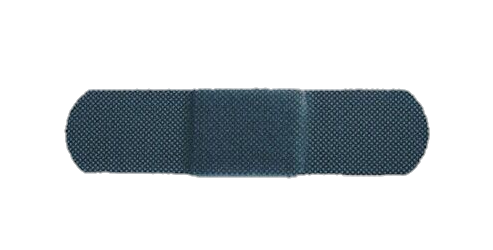


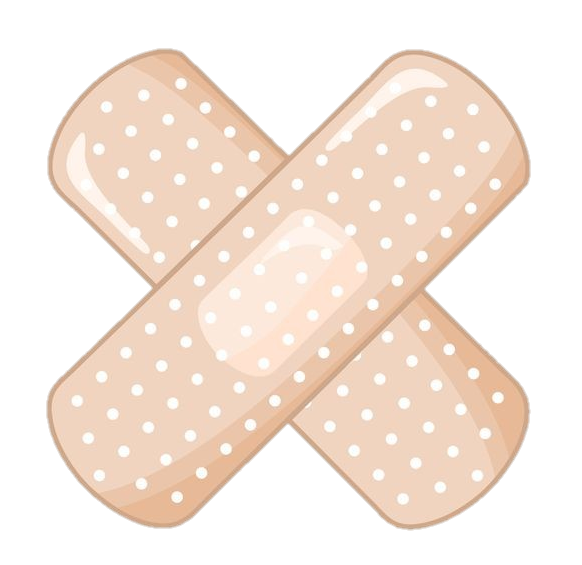
Simple yet indispensable bandages have played a crucial role in healthcare for centuries. These unassuming fabric strips can alleviate pain, promote healing, and protect wounds from infection. Beyond their medical application, bandages symbolize care, comfort, and resilience.
The use of bandages dates back to ancient civilizations, where linen, animal skins, and plant fibers were employed to dress wounds. Ancient Egyptian medical papyri and the writings of Hippocrates provide early documentation of the practice of bandaging. Over time, advancements in textile technology led to the development of more sophisticated bandage materials, including cotton gauze and elastic fabrics. The evolution of bandages from rudimentary wrappings to specialized medical supplies mirrors the progress of medical knowledge and technology.
Bandages serve as a cornerstone in wound care by providing several essential functions:
- Protection: Bandages shield wounds from external contaminants, preventing infection and reducing the risk of complications. They act as a physical barrier, minimizing exposure to dirt, bacteria, and other harmful agents.
- Pressure and Compression: Certain wounds require pressure or compression to control bleeding, reduce swelling, and promote blood circulation. Elastic bandages apply controlled pressure, aiding the healing process and minimizing the formation of excessive scar tissue.
- Absorption and Drainage: Wounds that exude fluids, such as blood or pus, benefit from bandages with absorbent materials that help keep the wound clean and dry, promoting faster healing.
- Support and Stability: Bandages support injured joints, ligaments, and muscles. They immobilize the affected area, preventing further damage and allowing tissues to heal without unnecessary stress.
Beyond their clinical utility, bandages carry symbolic significance. They represent care, healing, and empathy in medical and non-medical contexts. Bandaging a wound embodies the caregiver’s responsibility to ease pain and facilitate recovery. In a broader sense, bandages serve as a reminder of human compassion and the universal desire to alleviate suffering.
Bandages have transcended their medical purpose to become cultural symbols and metaphors. They are often used as visual elements in art, literature, and media to convey vulnerability, resilience, and transformation themes. In popular culture, bandages can represent both physical injuries and emotional scars, reminding us of the interconnectedness of our physical and emotional well-being.
In recent years, technological advancements have revolutionized the field of wound care, leading to innovations in bandage design and materials. Modern bandages incorporate antimicrobial agents, controlled-release medications, and even electronic sensors to monitor wound healing progress. These advancements highlight the ongoing quest to improve the effectiveness and convenience of bandages, ultimately enhancing patient outcomes.




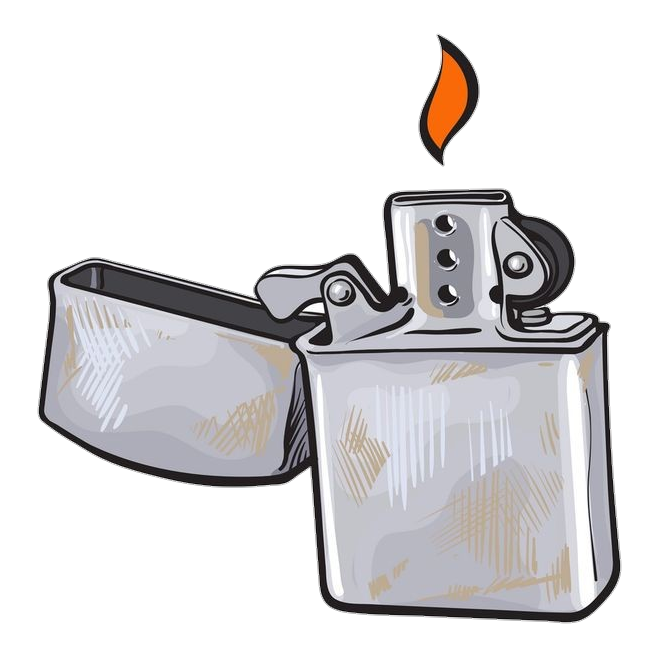

Leave a Comment